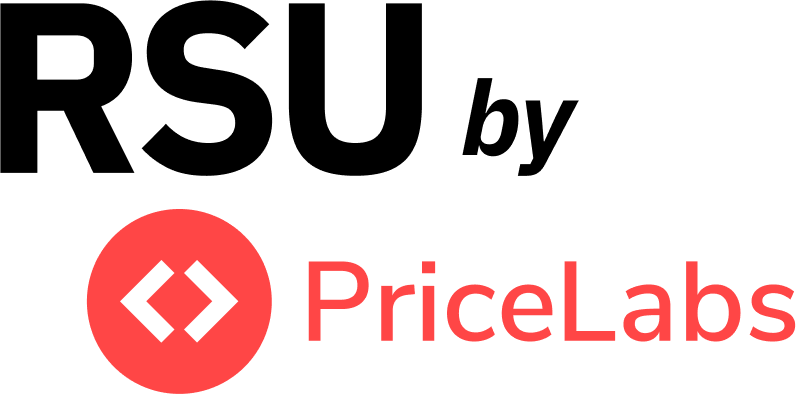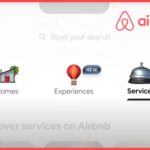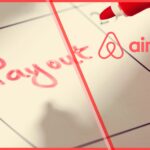Wondering how to start a rental business—whether it’s short-term vacation rentals or longer stays? You’re not alone. Thousands of new entrepreneurs enter the space each year, hoping to turn properties into profitable operations. But learning how to start a rental business takes more than listing a property on Airbnb. It involves understanding regulations, picking the right tools, attracting the right guests, and building a business that lasts.
This comprehensive guide breaks down everything you need to know about how to start a rental business from scratch, whether you’re launching your first listing or looking to scale a side hustle. We’ll walk through zoning and legal considerations, startup costs, marketing essentials, tools, and the real expectations of running a successful rental operation.
Step 1: Understand Legal Requirements and Zoning Rules
Before diving into how to start a rental business, it’s important to understand your local legal landscape.
Before choosing a property or setting up listings, check your local regulations. Some cities require business licenses, limit short-term rental nights per year, or ban Airbnb-style hosting altogether. Others may require zoning approval or fire inspections. Here’s what to verify:
- Is short-term rental hosting allowed in your city, county, or HOA?
- Do you need a special use permit or business license?
- Are there tax registration requirements (TOT, VAT, etc.)?
- Are insurance or safety compliance certificates needed?
🏁 Tip: Use local government websites or STR advocacy groups to start your research. See our guide on Advocacy in Action.
Step 2: Choose the Right Property Type and Location
Not all homes make profitable vacation rentals. Look for locations with:
- Year-round demand (tourism, business travelers, events)
- Proximity to attractions (beach, ski resorts, downtowns)
- Supportive regulations and tourism infrastructure
For the property itself:
- Spaces with 2+ bedrooms and parking often perform well
- A separate entrance or backyard adds appeal
- Accessibility features can widen your audience
🧠 Strategic insight: If you’re still scouting, consider mid-sized markets with strong drive-to demand. Read How GuestReady Scaled to 3,500+ Properties.
Step 3: Furnishing and Design for Guest Appeal
Presentation matters. Guests often book based on emotion and aesthetics. Your space doesn’t need to be expensive—but it should be thoughtful. Consider:
- Durable, hotel-grade bedding and blackout curtains
- A coffee station, local guidebooks, and welcome snacks
- Wi-Fi, smart TVs, and a comfortable work desk
For inspiration, see Airbnb’s “Design” category listings and check out interior design tips from top-performing hosts.
🔗 Bonus: Watch our breakdown of Airbnb’s focus on design and services in the Summer 2025 Update.
Step 4: Set Up Cleaning and Maintenance Operations
Whether you’re self-cleaning or hiring a team, cleanliness is non-negotiable. Define clear standards:
- Schedule turnover cleans and deep cleans
- Set backup plans for last-minute issues
- Stock consumables (toilet paper, soap, coffee, etc.)
📖 Read: Dynamic Cleaning Fees and Revenue Management
Step 5: Create Your Airbnb Listing
Use high-quality photos and copy that highlights what makes your property special.
Essentials:
- Catchy title with specific benefits (e.g. “Cozy Ski Chalet 5 Mins from Lifts”)
- Clear, friendly description and house rules
- Strong first photo—this is your hook
Pricing:
- Use dynamic pricing tools like PriceLabs to avoid leaving money on the table
- Account for seasonal demand, competitor pricing, and minimum stays
🧠 Strategy: Explore our Airbnb Pricing page to go deeper.
Step 6: Use Tools to Save Time and Stay Organized
Even a one-listing host benefits from automation and software. Consider:
- PriceLabs for dynamic pricing
- Smart locks and keyless entry
- Messaging templates or autoresponders
- A channel manager if using multiple platforms
For a full toolkit overview, visit our Vacation Rental Software Guide.
Step 7: Budget Wisely: Startup Costs and Expected Returns
Typical startup costs include:
- Furniture and appliances
- Insurance and business licenses
- Photography and listing creation
- Initial cleaning, toiletries, and supplies
You may also face initial periods without bookings. Build a runway and set realistic expectations for your break-even point. While some hosts generate steady income, not all properties are equally profitable.
💡 Pro tip: Use a SWOT analysis to assess your market and operation. Learn how here.
Step 8: Master Airbnb Policies, Taxes, and Insurance
Don’t skip the fine print. Review:
- Airbnb’s cancellation policies and review system
- Local occupancy taxes and who remits them
- Insurance for short-term rentals (consider specialty providers)
📖 See our explainer: Airbnb Off-Platform Policy
Step 9: Earn Your First Booking (and 5-Star Review)
- Turn on Instant Book to reduce friction
- Set a competitive base price for your first few stays
- Respond quickly to messages
- Provide a smooth check-in and clear communication
Follow up with guests after checkout to thank them and remind them to leave a review. Early reviews build credibility and drive conversion.
Step 10: Keep Learning and Growing
Stay updated on market trends, guest expectations, and Airbnb updates. RSU by PriceLabs offers:
- 📰 A free weekly newsletter
- 🎥 Video breakdowns of Airbnb releases, tools, and trends
- 📊 Data-backed insights for STR managers
Start with:
Get Smarter Every Week
Want the best STR industry news, tools, and trends—without digging through dozens of sites? Sign up for our free newsletter or follow us on YouTube.
Whether you’re starting with a room in your home or preparing to scale a rental portfolio, starting your Airbnb or vacation rental business is a journey best taken with the right map. And now, you’ve got one.







